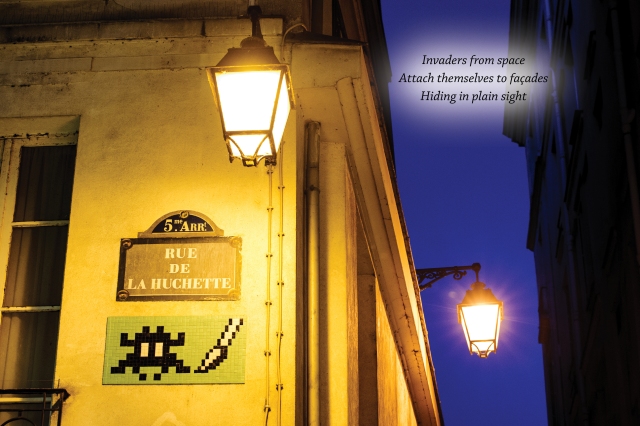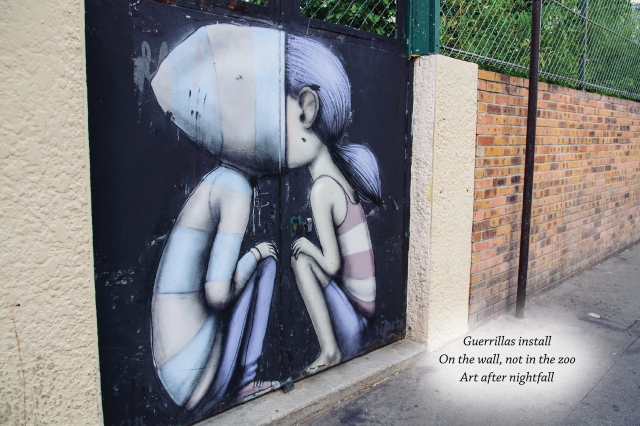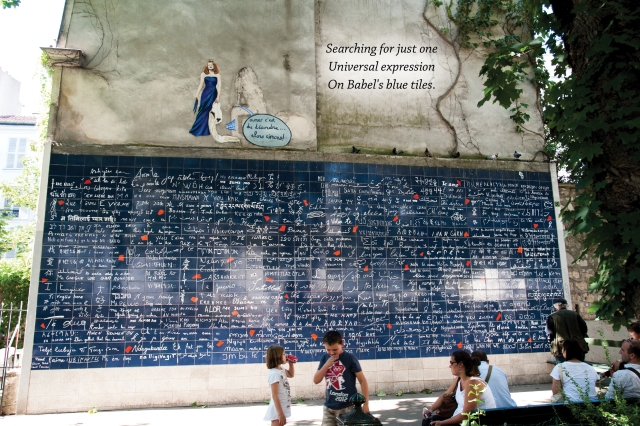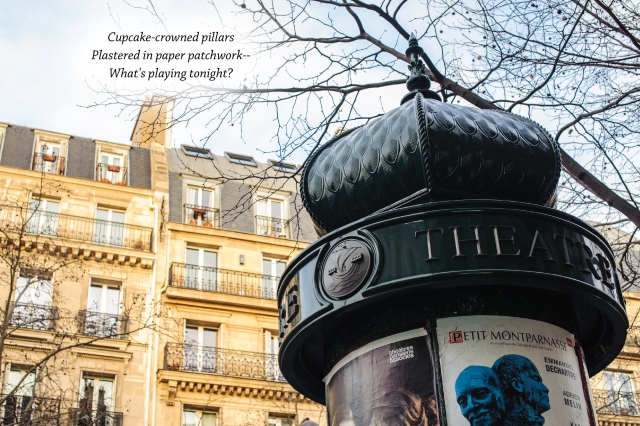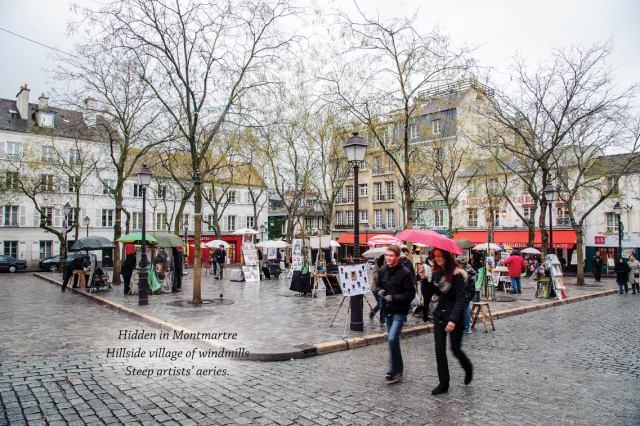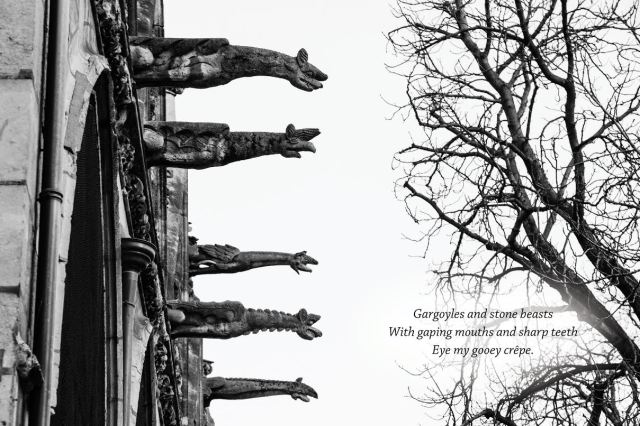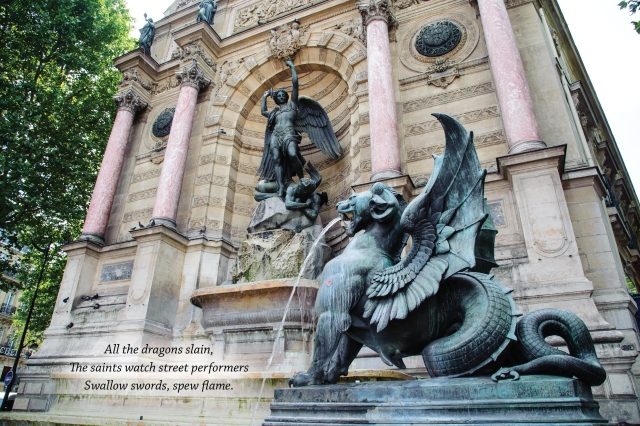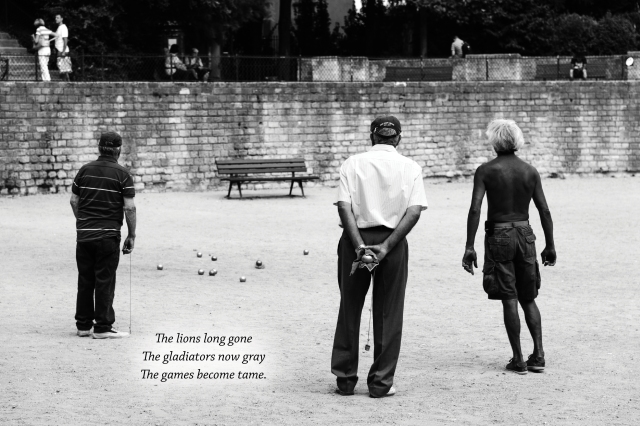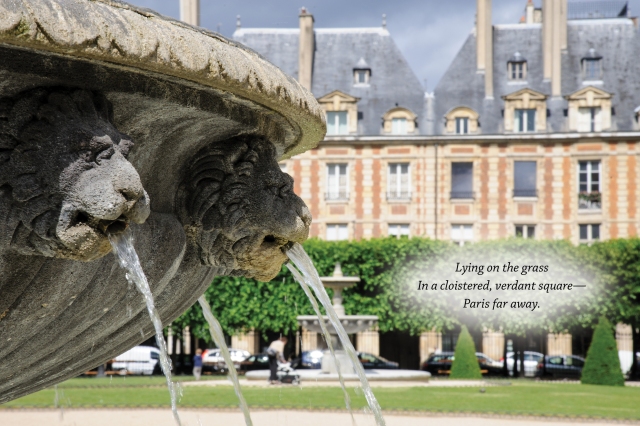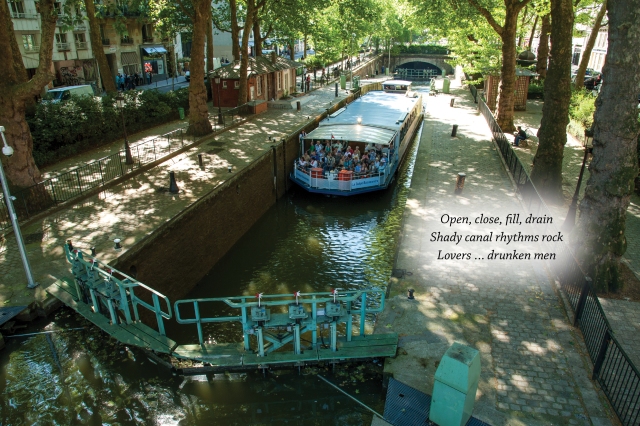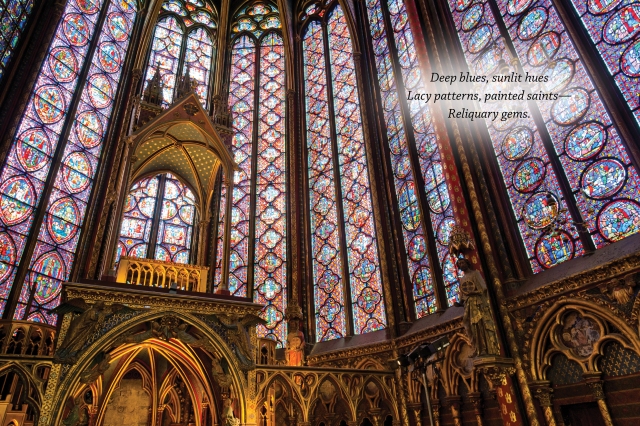Macarons are everywhere in Paris, even at the McCafé in McDonald’s. Yesterday, March 20, was the first day of spring and “Macaron Day,” too. Started as a marketing gimmick by Pierre Hermé in 2006, macaron-makers are encouraged to celebrate “Macaron Day” by handing out free samples of their wares and giving a portion of the day’s proceeds to a charity. Customers celebrate by, well, I think you can guess how they celebrate!
I enjoy a few macarons now and then, but I covet the rare ones that use only natural flavors and colors—no bright blue or lipstick red ones for me! Chocolate, fruit and nut flavors are traditional, but almost every pastry chef has fun with more exotic ingredients, too, such as green tea (yes!), lavender (yes!), and liquorice (no, thank you!). The all-natural ones have muted, earthy colors and delicate, subtle flavors and are usually less sweet.
But, what a feast for the eyes, no matter the ingredients! The ones in the photo below (taken in the Saint-Germain-des-Prés neighbourhood) are good quality, but not the rarer, sought-after, all-natural ones that I love best. Still, they draw me to the windows every time and I rarely resist the temptation to indulge.



